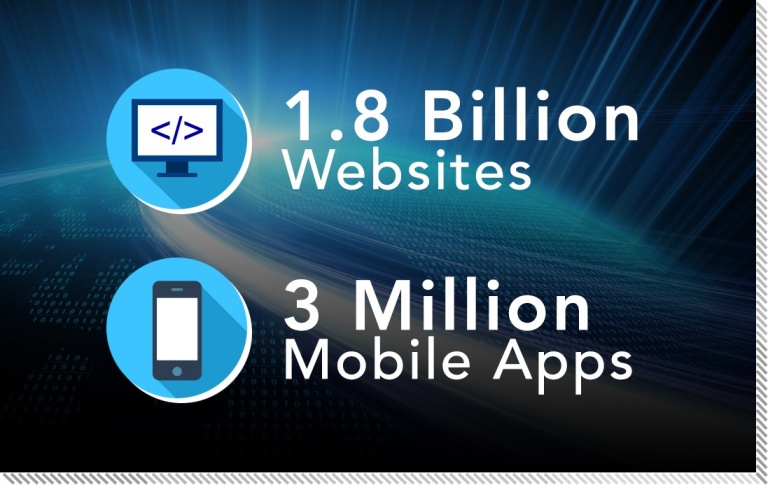In Part 2, we explored Game Mechanic ideas broken into three categories. So now I’ll help you exploit influence human behavior to increase user engagement by learning how to apply Game Mechanics to your digital products.
Just a quick caveat before we go further…
Caveat #1: Your product should have a unique differentiator that provides value to attract users, where I don’t recommend trying to make a game mechanic the unique differentiator… because it would essentially make your product a game, or perhaps a loyalty program or coupon site, and I’m pretty sure we have enough of those.
Alrighty then! Moving on…

The Process of Implementing Game Mechanics When Building NEW Products
It’s much easier to implement game mechanics when you’re building new products because they should be incorporated directly into your Product Vision. As I mentioned in my post about designing beautiful digital products with a distinctive personality, you first need to create the following:
- Product Vision
- User Personas
- Product Personality
- Design Principles
- Style Tile
This will lay the foundation for your product. Once complete, you can then start the process of adding Gamification to your new product.

Start by defining your product goals: What do you want to accomplish with your product?Think about specific metrics you want to achieve, perhaps 100k active users in the first year, or 1 million monthly page views by year two? Just make sure they’re realistic.
 Now that you have defined your goals and vision, you need to figure out what specific user actions will be required to help users achieve these goals. What behavior patterns would they need to adopt in order to sustain your business model? For example, do they need to add photos, invite friends, come back often, write reviews, etc.
Now that you have defined your goals and vision, you need to figure out what specific user actions will be required to help users achieve these goals. What behavior patterns would they need to adopt in order to sustain your business model? For example, do they need to add photos, invite friends, come back often, write reviews, etc.
 Next, map out specific Game Mechanics that will help your users achieve each action, using the 3 categories I discussed in Part 2: Increase Stickiness, Build Community, and Increase Repeat Engagement. I suggest you add multiple layers of Game Mechanics to ensure your users are always engaged.
Next, map out specific Game Mechanics that will help your users achieve each action, using the 3 categories I discussed in Part 2: Increase Stickiness, Build Community, and Increase Repeat Engagement. I suggest you add multiple layers of Game Mechanics to ensure your users are always engaged.

Your products and users will constantly evolve, so it’s important to evaluate and update your goals, user actions, and corresponding Game Mechanics each year. Success comes from continuously learning and iterating.
The Process of Integrating Game Mechanics Into EXISTING Products
This is definitely a more challenging task, because you’ve built and launched a specific product experience that has an engaged user base, and now you want to change it.
So the first question you need to answer is about your engagement goals and where engagement is at today… if you’re 20-30% away from hitting your goal then I would say continue on with your quest of adding Gamification to your product. However, if your product has been a ghost town for awhile, then you should read my next caveat…
Caveat #2: If your product royally sucks and has very little engagement, then chances are you need to explore a major pivot instead of wasting your time and money adding game mechanics.
So there’s actually two methods you can use to integrate Game Mechanics into your existing digital products:
Method #1: Scroll up to the process for integrating them into NEW products and use this approach, where you’re essentially rethinking your whole digital product vision & strategy to now include Game Mechanics and may need to redevelop your whole product from scratch. Sounds expensive and time consuming, and it is.
Method #2: This is the slightly less obtrusive approach, where you’re looking at your product issues and working backwards. This is more of the Design > Play > Iterate approach, but it will be quicker if you’re just looking to add a few Game Mechanics to improve your engagement.

Here’s the second approach:
- Determine your Main Product Issues: Review your analytics and KPI’s and determine what the main issues are in your product. Consider adding a survey or talking with a few users to better understand their perspective. Then determine which category (or categories) from Part 2 your issues fall into.
- Know your Target Audience: Review your personas – perhaps even talk with a few end users during this process – to get a better understanding of their motivations; this will help you figure out which game mechanic to add that will yield the best results.
- Select Game Mechanics: Carefully select a few Game Mechanics (from the 3 categories in Part 2) that will help resolve your issue AND will meet the motivations of your target audience.
- Develop a Prototype and Test it: It’s easier to fail quickly if you can develop a prototype and test it with a few of users. It doesn’t have to be data-driven, it can be paper or clickable mockup developed using InVision. Test it with at least 15 users and gage their response, where you need to know if this will increase their satisfaction with your product. If they don’t like it, try other Game Mechanics. If you’re testing more than 1 Game Mechanic, try testing each separately and then together to see if there’s interaction effects from combining them.
- Deploy and Test: Once you’ve found a few Game Mechanics that passes the prototype phase, go ahead and develop it and implement it. Make sure you continue testing it once it’s deployed to make sure it has the desired effect.
- Iterate as Necessary: Repeat the above steps until your issues are minimized and/or you see engagement improve drastically.
It’s a brave new digital world out there, and you need all the help you can get to survive the unlimited choice of digital products that users have to choose from! So get your game on my fellow nerds!

GAMING IN THE NEWS //
- Gamification Examples in Digital Products: Pretty solid list of 10 pioneering examples of game-based learning or gamification. View >
- Gaming for Oceans: Dumb Ways to Kill Oceans is a small but mighty mini-game highlighting some of the biggest challenges faced by our oceans. Get inspired by Hapless, Numpty & Dippy and make small changes to your own lives that can help make our oceans and our planet a healthier one for everyone. Play It Here >



One thought on “How to Influence Human Behavior with Gamification to Promote Play and Increase Engagement (Part 3 of 3)”